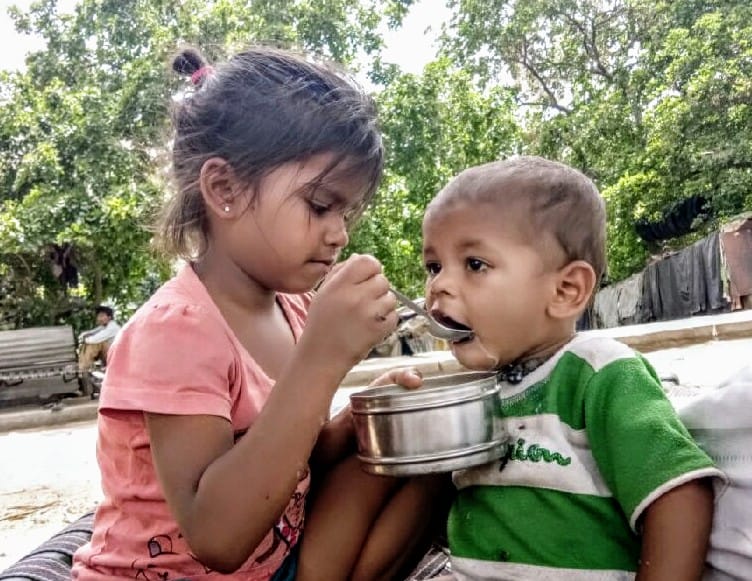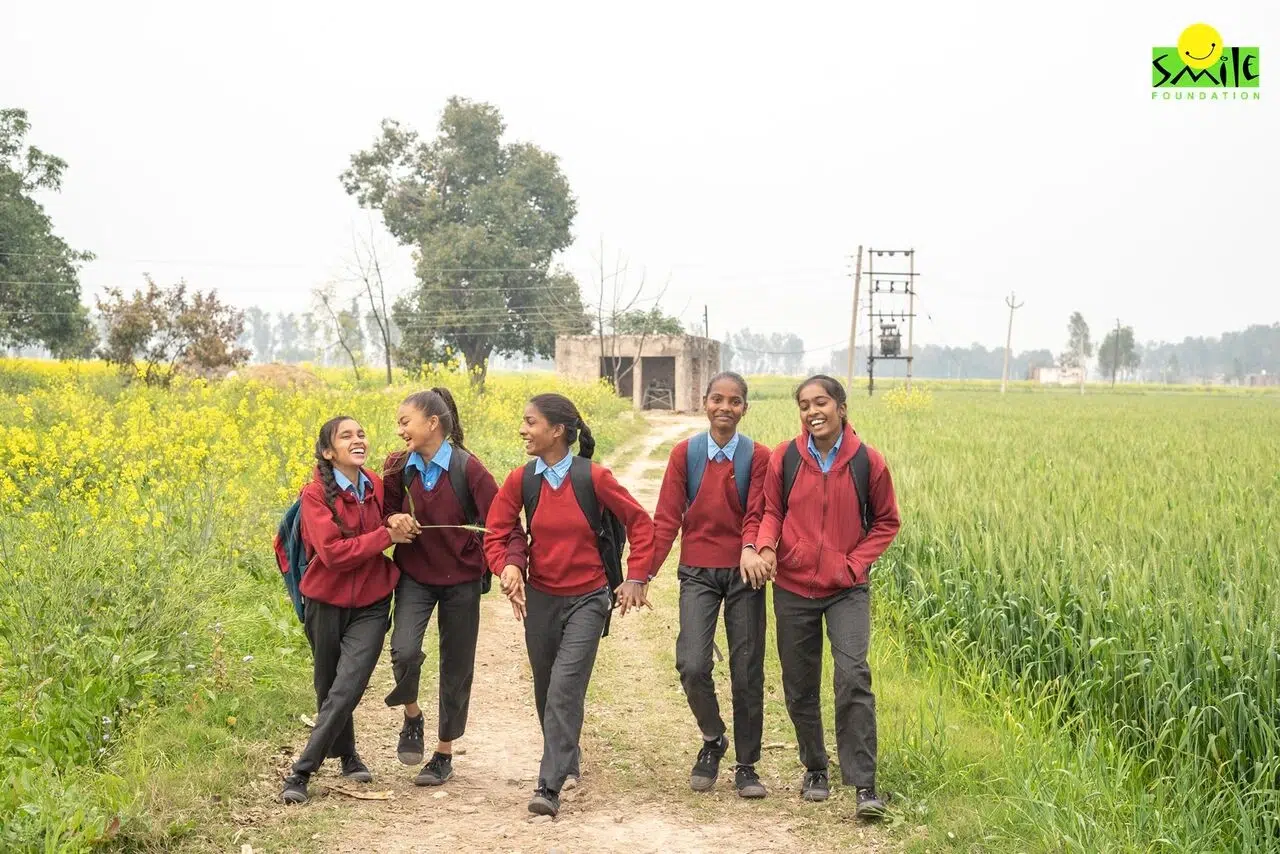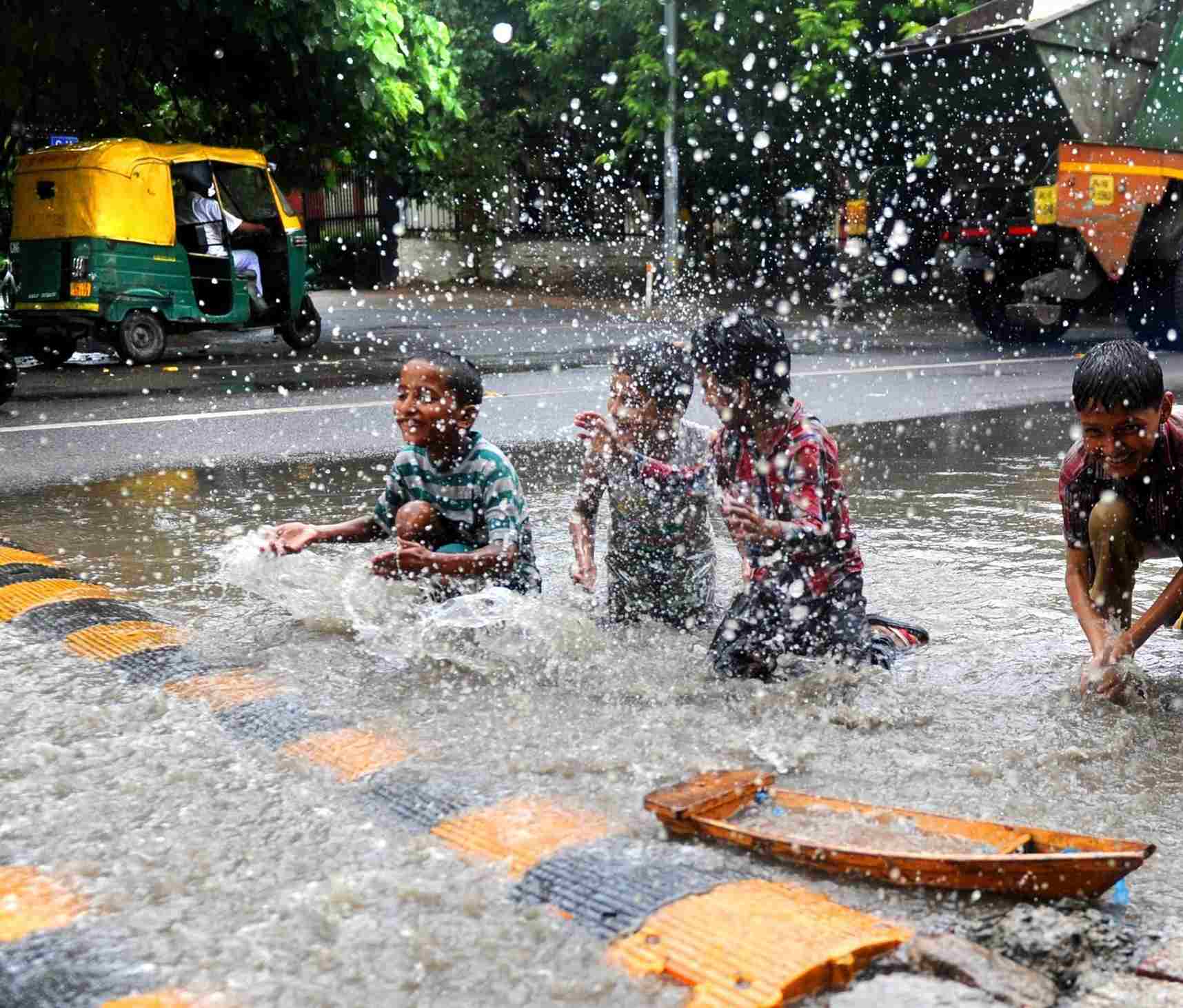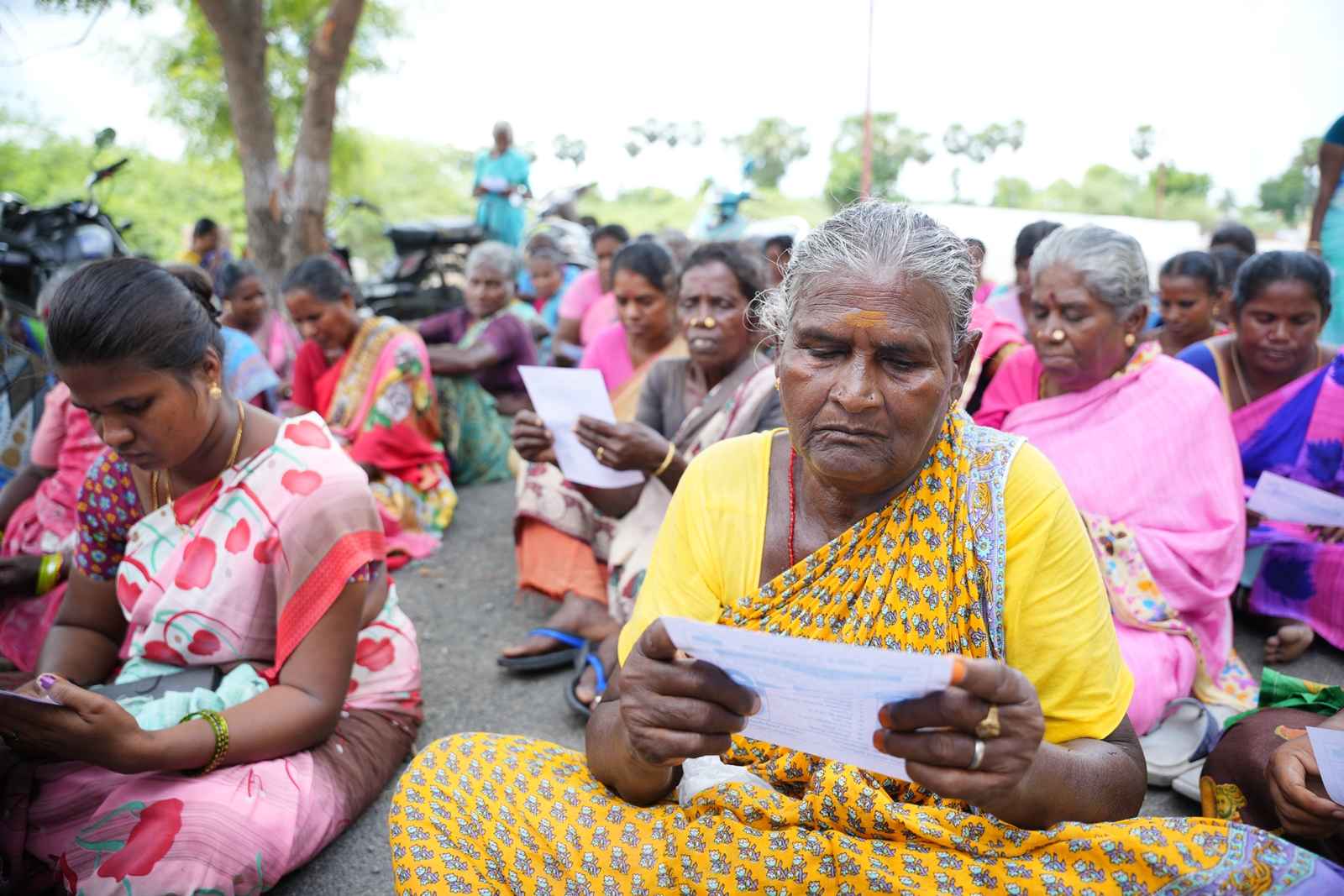National Family health survey 5 (NFHS-5) is the largest study conducted on men, women, and child health in India to date. It is compiled and released by the Union Health Ministry of India.
Given that India has the most malnourished children in the world, it is important to examine how India is doing in terms of attaining UN Sustainable Development Goal (SDG) 2.2, which calls for “ending all forms of malnutrition for children under 5 by 2030.”
Since NFHS-5 is typical of children both nationally and sub-nationally (at the state and district levels), its results on children’s nutritional status can assist decision-makers in identifying crucial areas for implementing better policies.
NFHS-5 says that there is no population boom
NFHS-5 dismisses concerns about population surge in the nation. The most recent data show that the country’s Total Fertility Rate (TFR) is just 2.0. (down from 2.2 in NFHS-4, conducted in the year 2015-16). The UN Population Division defines a TFR of 2.1 as replacement level TFR. This indicates that a population successfully replaces itself at a TFR of 2.1 without expanding or contracting. As a result, a TFR of 2.0 (per NFHS-5) indicates that there is no need for concern about India’s population boom.
State of Women and Maternal health in India according to NFHS-5
For the economy to flourish, women’s social, economic, cultural, and political rights must be fully developed.
India wants to accomplish Sustainable Development Goal No. 5, set by the UN and focused on gender equality and women’s empowerment by 2030. We examine the results ofNFHS-5 to gauge the advancement of women’s rights in the nation.
The study zoomed in to examine state-level variations and discovered some encouraging numbers. There is a considerable increase from 11 states and 2 UTs in the NFHS-4 survey to at least 16 out of 28 states and 6 out of 8 UTs having more than 90% of women engaging in household decision-making in NFHS-5.
Top of the ranking were Nagaland (90.2%), Mizoram (98.8%), and Puducherry (97.9%) with Ladakh (80.4%), Jammu & Kashmir (81.6%), Karnataka (82.7%), and Andhra Pradesh (84.1%) performing the poorest.
Children’s illnesses
The situation with “Childhood illnesses” is more complicated. While the percentage of children getting ORS and zinc for diarrhoea has increased significantly, the prevalence of diarrhoea in the two weeks before the survey in NFHS-5 has decreased only marginally.
Since the last study, children’s access to healthcare services when experiencing diarrhoea and acute respiratory infection (ARI) symptoms has remained essentially unchanged. The latter is a crucial finding– despite COVID-19, the number of kids with ARI has not increased.
Children’s feeding procedures
With the exception of the percentage of children under 3 nursed within an hour of delivery, which remained similar as in NFHS-4, children’s feeding behaviours have substantially improved. The proportion of under 6-months old infants exclusively breastfed increased the most, from 55% in NFHS-4 to 64% in NFHS-5.
Nutrition
The percentage of stunted kids (low height for age) and underweight (low weight for age) has decreased, according to the NFHS-5 report. The proportion of obese and seriously underweight children has slightly increased.
The 8 percentage point increase in the proportion of children with anaemia, from 59% in NFHS-4 to 67% in NFHS-5, is particularly concerning.
Smile Foundation’s Role
Since gaining independence, India has achieved remarkable advancements in the medical field. However, several alarming statistics from NFHS-5 make it evident that access to healthcare is still a problem.
While India’s rural areas continue to have low health indicators, urban slum dwellers’ health conditions and access to healthcare have been revealed to be as appalling and have fewer than 4% of government primary healthcare facilities.
Urban slum residents’ poor education and lack of knowledge are the major causes of their poor health. They also avoid going to the local hospital because they don’t want to lose a day’s pay. As a result, the urgent demand for healthcare for the poor is not met.
Hence, a two-pronged strategy is required– first, deliver high-quality health services to the doorsteps of the poor; and second, encourage current healthcare seeking behaviour among the impoverished.
A mobile healthcare services delivery system is the most realistic option in such a situation. The Smile on Wheels program is an innovative mobile hospital initiative aimed to solve issues with accessibility, mobility, and basic healthcare availability in urban slums and distant rural regions, with a special focus on children and women.
More than 15,41,000 children and families have received free medical treatment as a result of the Smile Foundation on Wheels initiative.









